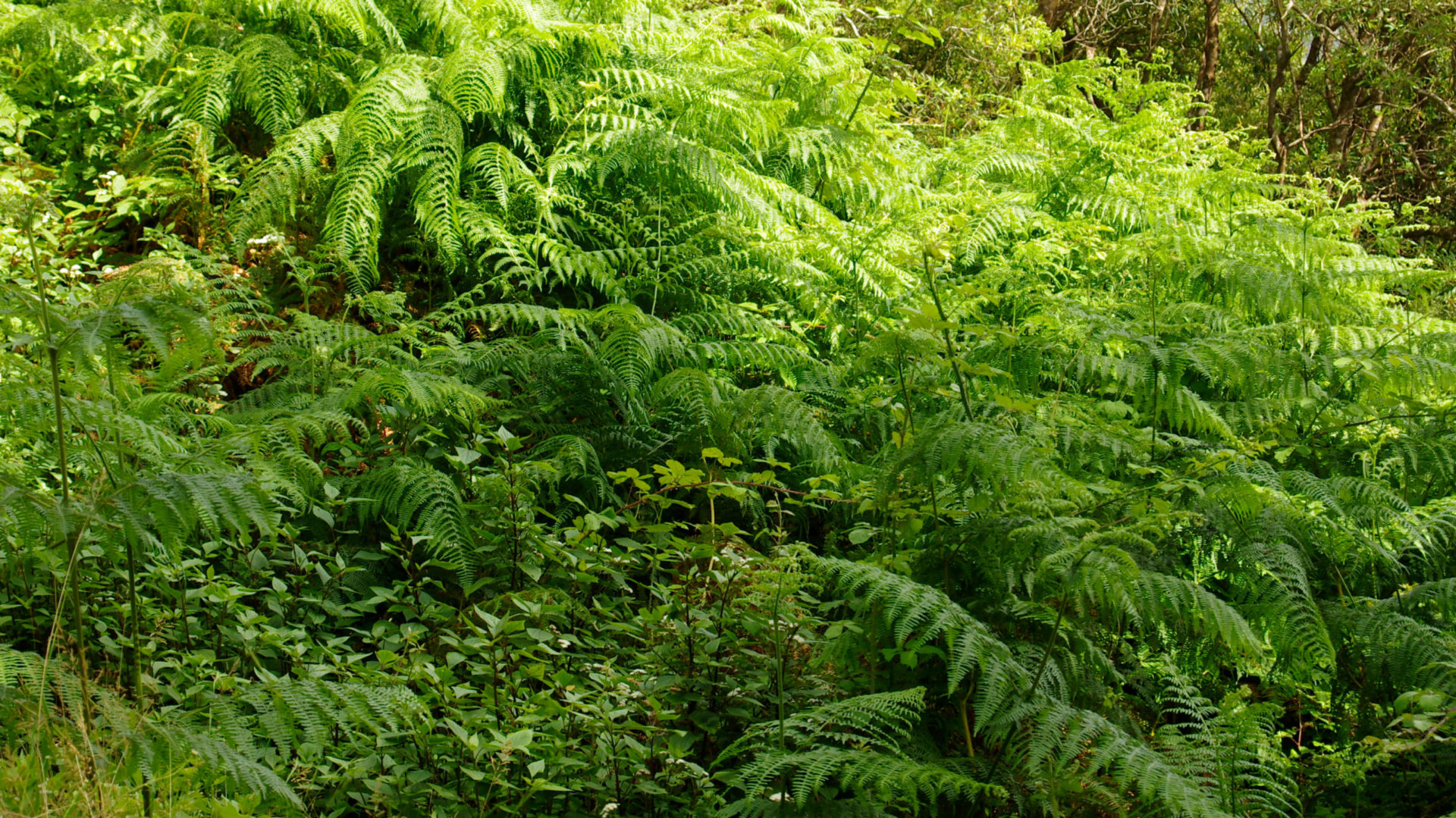Tsafack N, Di Biase L, Xie Y, Wang X, Fattorini S.
Carabid community stability is enhanced by diversity but reduced by aridity in Chinese steppes. Acta Oecologica. 2019. https://doi.org/10.1016/j.actao.2019.103450 IF=1.67
Highlights
- We considered three types of steppes (desert, typical and meadow) in northern China.
- Carabid community stability was lowest in the most arid ecosystem (i.e. the desert steppe).
- In the meadow steppe stability was correlated positively with diversity.
- Stability was negatively correlated with dominance and the most abundant species.
- Our results support the diversity hypothesis and falsify the mass ratio hypothesis.
Abstract
Carabids (Coleoptera, Carabidae) are an important arthropod component of grassland ecosystems, where they are involved in many important ecosystem services. Grasslands are the most widespread ecosystems in China, where they are under increasing degradation that turn productive grasslands into desert. We studied the relationships between carabid community stability and various community parameters (richness, diversity, dominance, evenness, and proportion of the most dominant species) in three types of steppes characterized by a different degree of aridity (desert, typical and meadow) in northern China. Carabid community stability was lowest in the most arid environment (i.e. the desert steppe). In the less arid steppe (i.e. the meadow steppe) stability was correlated positively with richness, diversity, and equitability, and negatively with dominance and proportion of the most abundant species. This supports the diversity hypothesis (i.e. that high levels diversity lead to higher levels of stability, possibly by increasing niche complementation) and falsifies the mass ratio hypothesis (i.e. that ecosystem processes, and hence their stability, are strongly influenced by the most dominant species). Current transformation of productive grasslands into arid lands will reduce carabid community stability and this might compromise ecosystem functioning even at moderate levels of degradation, as observed in the typical steppe.
